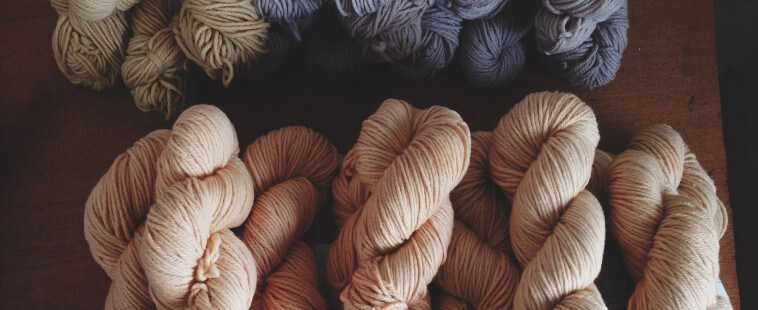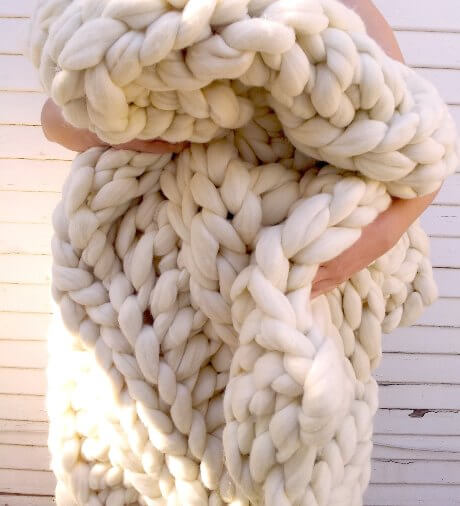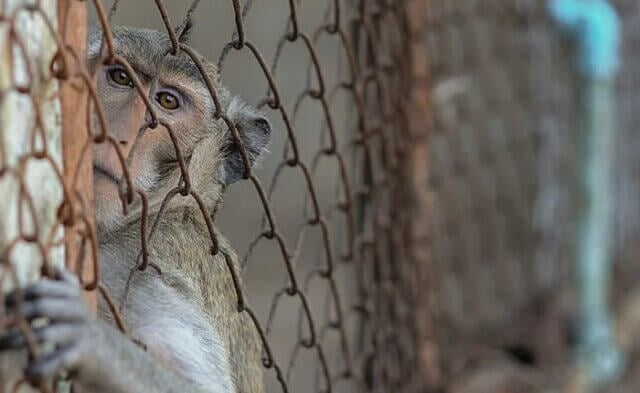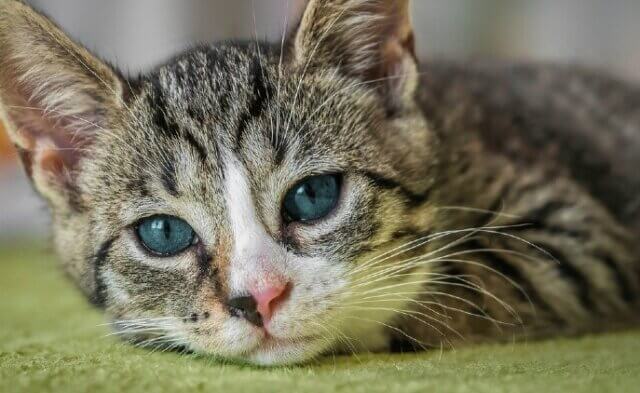In the northern part of the country, where winters start in November and don’t seem to end until March, it can become unbearably cold. Think layers of shirts and sweaters as well as thermals under your jeans just to run an errand. It’s no surprise that many people turn to warmer materials to stay bundled up during the winter. You curl up with a wool blanket while catching up on your favorite TV shows and think, “Warmth, thank goodness.”
But what took place in order for you to get that coveted wool blanket?
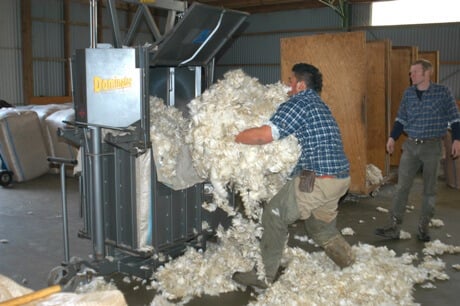
Sheep are gentle individuals who, like all animals, experience pain, fear, and loneliness. But the wool industry treats them as nothing more than wool-producing machines and offers little in the way of respect or compassion. PETA exposés of wool suppliers for some companies, including Chargeurs and California-based Patagonia, that have claimed to have animal-welfare standards and/or buy wool from sustainable suppliers have revealed shocking cruelty. It isn’t possible to produce commercial quantities of wool humanely, because markets require a greater amount of product than all the caring sheep guardians together can possibly contribute from their flocks. Furthermore, selling such items may create demand that then leads to the abuse of sheep in commercial settings. If you want more information on the cruelty of the wool industry, please see the following links:
- http://investigations.PETA.org/australia-us-wool/
- http://investigations.PETA.org/argentine-wool-farm-lambs-mutilated-exposed/
- http://investigations.PETA.org/ovis-lamb-slaughter-sheep-cruelty/
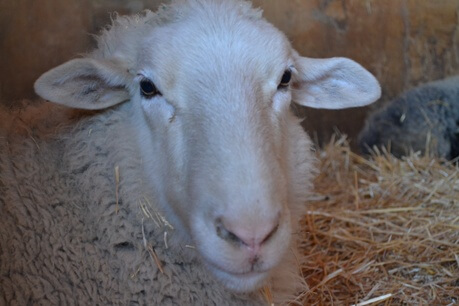
Knowing how sheep (and other animals) suffer in the global skins industry, I’ve recently changed my approach to my interior design business to focus on designing spaces that are cruelty-free (vegan). I refuse to support the mistreatment and slaughter of animals simply to furnish the beautiful homes that I design. Now, I opt for humane, chic and budget-friendly materials instead of animal skins, fur, and feathers. Not only do I want to create better spaces for my clients, I also want to raise awareness of how they can improve their homes and communities by opting for humane furnishings and decor.
You, too, can shun all the cruelty of the skins industry with your purchases.
But what can you use instead of wool? Glad you asked.
Tencel, aka ‘Lyocell’
Developed in the late 1970s, Tencel is a perfect option to use instead of wool. It’s a durable, biodegradable material made from the pulp of the eucalyptus tree—and you won’t have to deal with those pesky wrinkles. It’s perfect if you’re looking for a high-quality, cruelty-free option. Tencel’s fibers are high absorbency, allowing it to be dyed rich colors. It’s breathable and anti-bacterial because of its high moisture absorption. This choice will keep your home looking chic while remaining animal-friendly.
Bamboo Silk
Bamboo began being used for household items in the 16th and 17th centuries B.C. Since it’s one of the most sustainable and rapidly growing plants, bamboo continues to be used to this day. The final products it’s made into (e.g., clothing and blankets) do not need additional chemicals such as pesticides, herbicides, or fertilizers. Products made of bamboo silk are just as soft as those made from cashmere, without causing harm to any animals in the process.
Polartec, aka ‘Polar Fleece’
First developed by Malden Mills in the late 1970s, polar fleece has become one of the go-to vegan-friendly materials in lieu of wool. Patagonia was one of the first clothing companies to use the new material. Although nicknamed “polar wool,” Polartec isn’t wool at all. It’s actually crafted from recycled plastic bottles that are melted into pellets, which are then spun into yarn to be made into fleece. This process prevents millions of plastic bottles from winding up in landfills, and the material can be recycled again for future use.
Let’s not just create a better home environment with these wool-free options—let’s shake up the wool industry and let it know that we won’t stand for the mistreatment of sheep any longer! TAKE A STAND! Save animals while maintaining fabulous-looking interiors.
Next month, “veganizing your space 101” will focus on five ways to make your space humane.
I look forward to inspiring others to make humane choices while decorating their spaces. I will show you endless, chic, affordable, and comfortable options. I am here to help. I welcome all questions, comments, thoughts, or ideas. I hope my passion and excitement about vegan design jumps off this page and touches you.
Deborah DiMare, founder of DiMare Design, focuses on cruelty-free (vegan) design and design therapy. She combines specific textures, scents, and colors with cruelty-free materials to create optimal thriving spaces. Deborah grew up in New York. She resides in Miami with her daughters and dog Lucca. Lucca’s favorite pastime is being a total beach bum (www.DiMareDesign.com; [email protected]).

